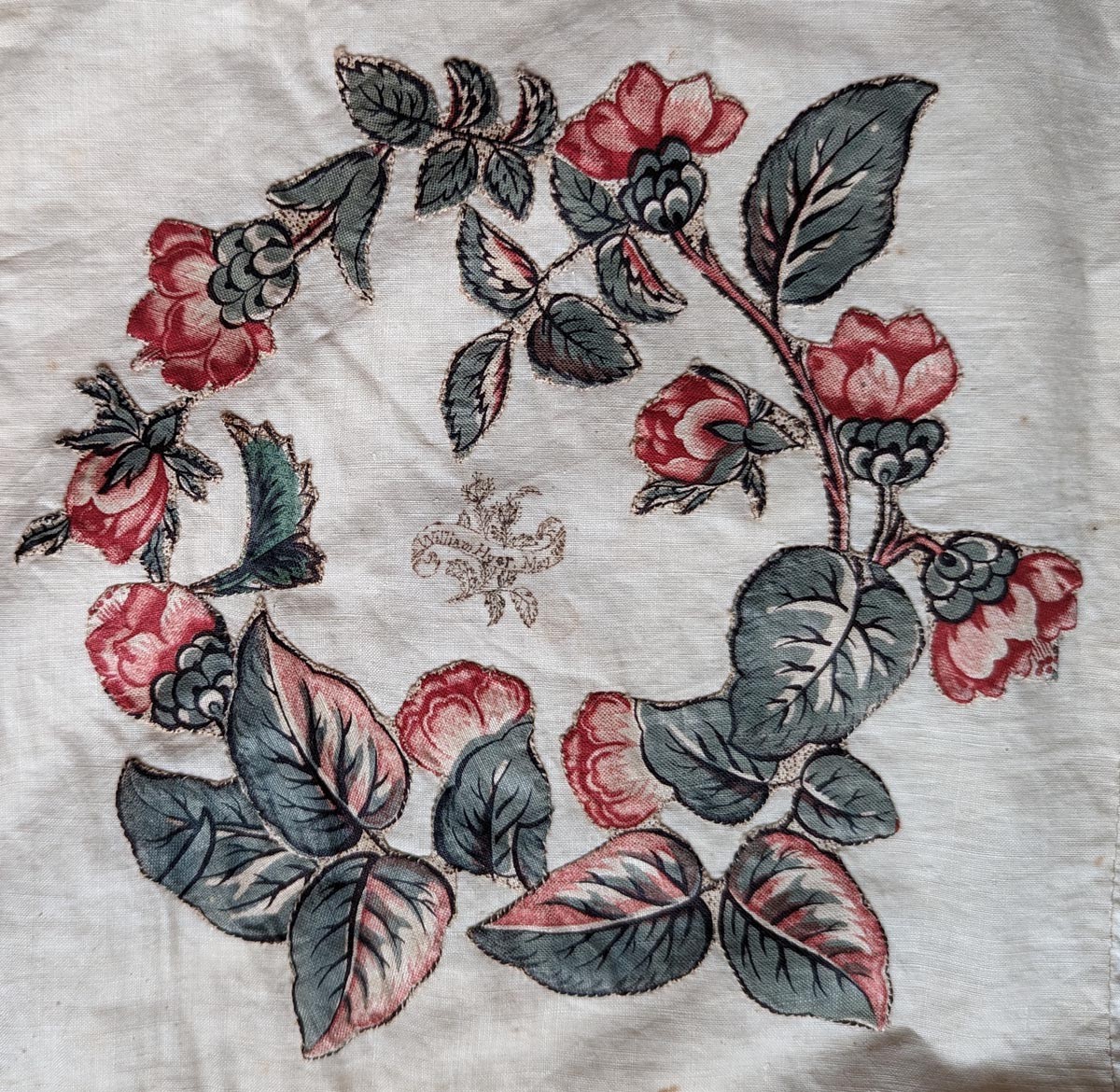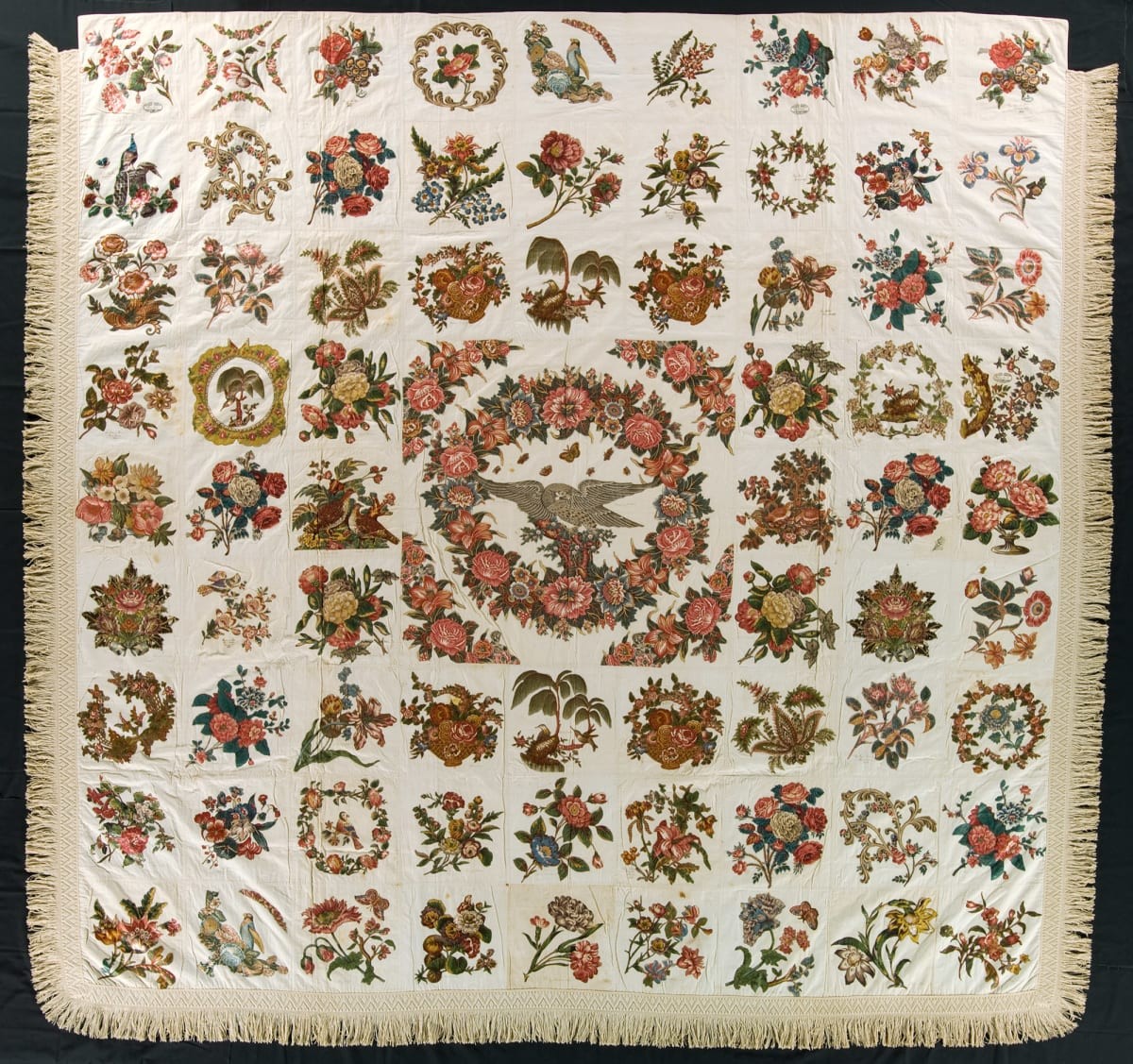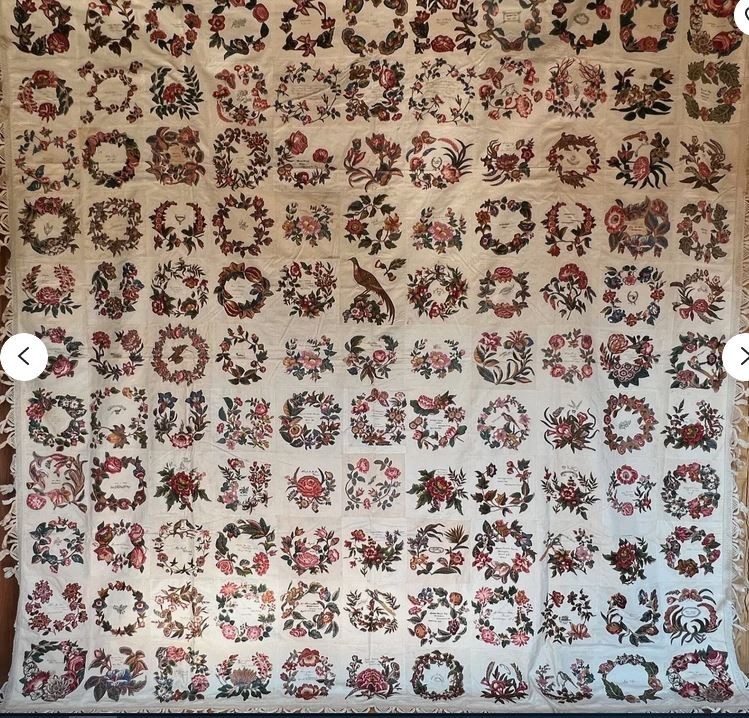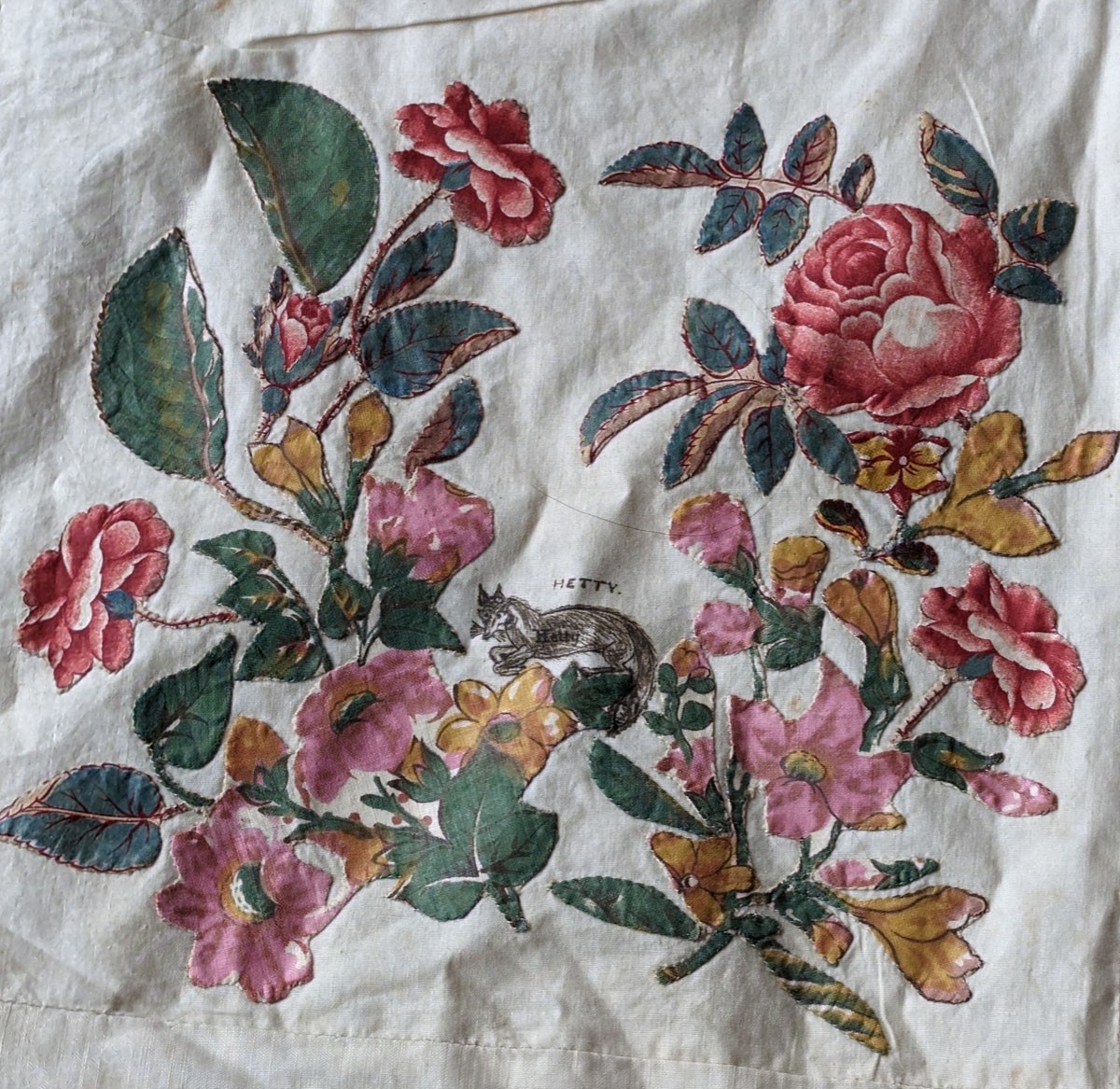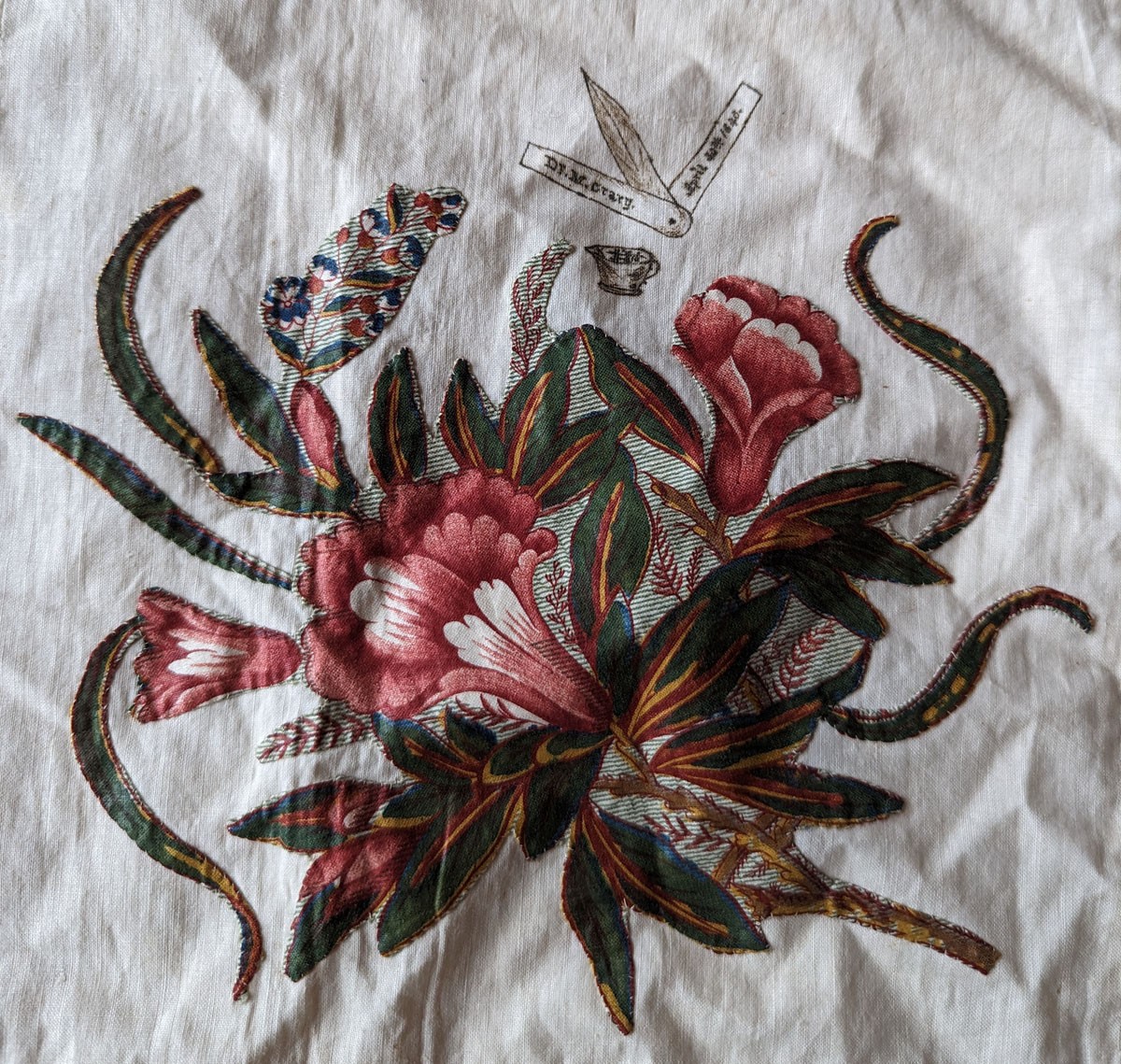
Dr. Mason Crary name is inscribed Dr. M. Crary with an image of bloodletting tools. (It’s hard to unsee, once you see it and think of what it shows.) He was born in 1779 in Connecticut, from there the family moved to Albany, NY where he studied medicine. In 1804 he moved to Luzerne Co where he met the Nathan Beach family, the first white settlers in the area and married the daughter Desire. Nathan Beach, an attorney, was very influential in Pennsylvania serving in the legislature and various offices for the Susquehanna and Lehigh Canal as well as the turnpike. In 1814 Dr. Crary moved to Philadelphia where he practiced as a Dr. and sold his own medicine “Dr. Crary’s Anti-bilious Family Pills.” In 1824 he sold his practice to his assistant and returned to...


